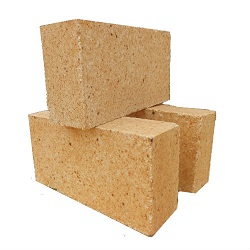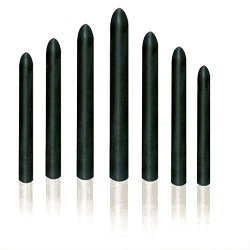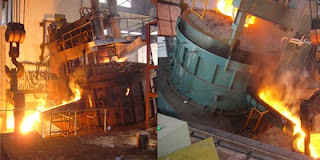Introduction and selection of burner bricks

Burner brick is a kind of refractory brick used with the burner of high temperature kiln, such as blast furnace gas burner, special burner for lime furnace kiln, shaft furnace burner, regenerative heating furnace burner, etc. The shapes are different, and the burner bricks used do not have fixed specifications and sizes, and they often need to be customized in refractory manufacturers. The use of high-aluminum steel fiber castables can meet the working conditions of most burners. The function of the burner brick is: 1.The fuel is heated to the ignition temperature in the burner brick, so that it is easy to ignite and burn quickly. 2.Keep a certain high temperature in the burner brick to stabilize the combustion process and avoid pulsation or fuel interruption. 3.The flame shape of the organization meets the requirements of the heating process. 4.To further mix the fuel and air. Therefore, the burner brick is an indispensable high-temperature resistant material for the






